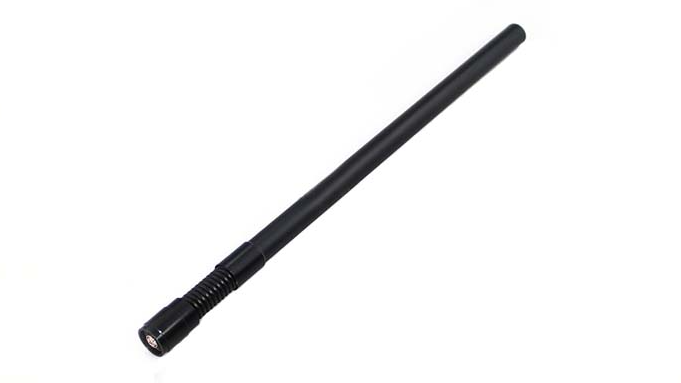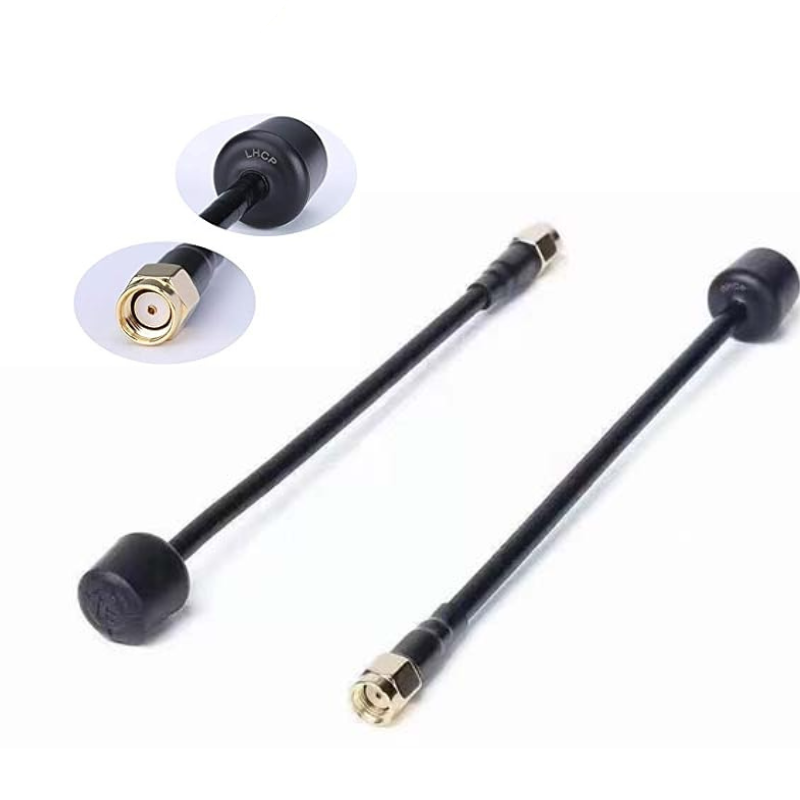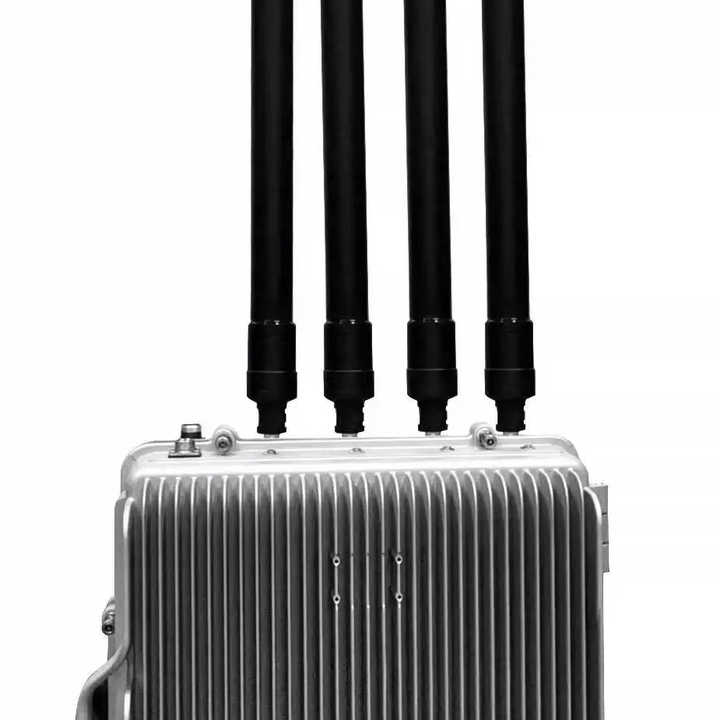- Home
- Service
- Product Center
- Application
- About Us
- Videos
- News
- Contact Us
2025-05-08 11:17:20

What is the purpose of a drone's antenna?
The vital connection between the ground and the sky is the drone's antenna.UAVs, an emerging aircraft, have demonstrated a broad variety of application prospects in military, civil, and commercial domains as a result of the rapid advancement of science and technology.The design and functionality of the UAV antenna, a vital part of UAV communication and navigation, greatly affects the UAV's overall performance.
In order to have a better understanding of this innovative technology, we will talk about the fundamentals, applications, and future development trends of UAV antennas.
The fundamental idea of UAV antennas
The essential element for enabling information transfer between a UAV and a ground control station, other UAVs, or other communication devices is the UAV antenna. Its fundamental idea is that signals may be sent and received by radiating and receiving electromagnetic waves.
To provide stable and effective communication in a variety of complicated circumstances, the design of a UAV antenna must take into account the UAV's flying height, speed, direction, and communication distance, among other parameters.
where is a drone antenna used for?
1. Military strike and reconnaissance
UAV antennas are frequently employed in the military for missions including attack and surveillance. UAVs may provide robust assistance for military operations by achieving long-distance communication, accurate location, and real-time data transfer through effective antenna design;
2. Commercial aerial photography and surveillance
Additionally, UAV antennas are crucial in the business sector. UAV antennas are necessary to provide reliable, high-quality communication services for jobs like aerial photography, environmental monitoring, and agricultural inspection;
3. Detection and civil rescue
UAV antennas are also often utilized in the civil sector for detection and rescue operations. For instance, UAVs can carry specialized antennas for quick reconnaissance and rescue command during earthquakes, fires, and other calamities;
UAV antennas can help gather and transmit data on water quality, air quality, and other environmental parameters in real time.
What is the direction of UAV drone antenna development going forward?
1. Technology with several frequency bands and polarization
Antenna performance requirements are increasing in tandem with the ongoing increase of UAV application scenarios. UAV antennas will eventually use multi-frequency band and multi-polarization technology to enhance communication efficiency and quality by adjusting to the demands of various frequency bands and polarization techniques;
2. Compact and lightweight design
Because UAVs have a restricted load capacity, lightweight and compact designs are becoming increasingly popular in UAV antenna development. The antenna's weight and volume are decreased, and the UAV's load capacity and endurance are increased, via the use of novel materials, enhanced structural design, and other techniques;
3. Technology that is perceptive and flexible
In the future, intelligent, adaptable technology will be a key area of focus for UAV antenna development. Communication stability and dependability can be increased by implementing artificial intelligence, machine learning, and other technologies that enable adaptive antenna optimization and modification to the environment.
What is an FPV drone antenna?

![]()
First-person view (FPV) systems employ FPV antennas to transmit live footage from a drone's camera to a pilot or driver on the ground.
What kinds of UAV drone antennas are there?
UAVs can be equipped with either directional or omni-Directional Antennas. Another category for drone antennas is omni-directional or directional. whereas omni-Directional Antennas offer 360-degree horizontal coverage from the antenna, their range is constrained, whereas Directional Antennas can achieve higher range at the expense of coverage.
How do you determine what kind of drone antenna you need?
The type of antenna you require and the signal strength you will have are greatly influenced by your location. The intensity of the signal you get from your local transmitter and your proximity to it will decide the power of the antenna you require.

Drone antennas serve a variety of purposes, chief among them being the transmission and reception of electromagnetic signals.
They can transmit data regarding the drone's attitude, location, and status back to the ground controller, as well as receive and decode them to receive directives issued by the ground controller. Additionally, signals from other devices, such GPS signals and wireless video transmissions, can be received via antennas.
Extension methods for drone antenna cables
The UAV's waterproof performance and structural design are also impacted by the antenna's cable extension technique. In comparison to the side outlet approach, the bottom outlet method simplifies the UAV's structural design, increases its anti-interference capability, and improves its waterproof performance.
In conclusion, the choice and design of UAV antennas are essential for ensuring precise navigation and steady flying of UAVs in a variety of settings.
Conclusions
The design and functionality of the UAV antenna, a crucial part of UAV communication and navigation, significantly affects the UAV's overall performance.
In terms of concepts, uses, and development trends, UAV antennas will continue to advance and achieve breakthroughs as science and technology advance.
We have good cause to think that UAV antennas will become more prevalent in more domains and contribute more to the advancement of human society in the future.
In conclusion, the study and use of UAV antennas has a wide range of potential and significant importance as a crucial component of UAV technology.